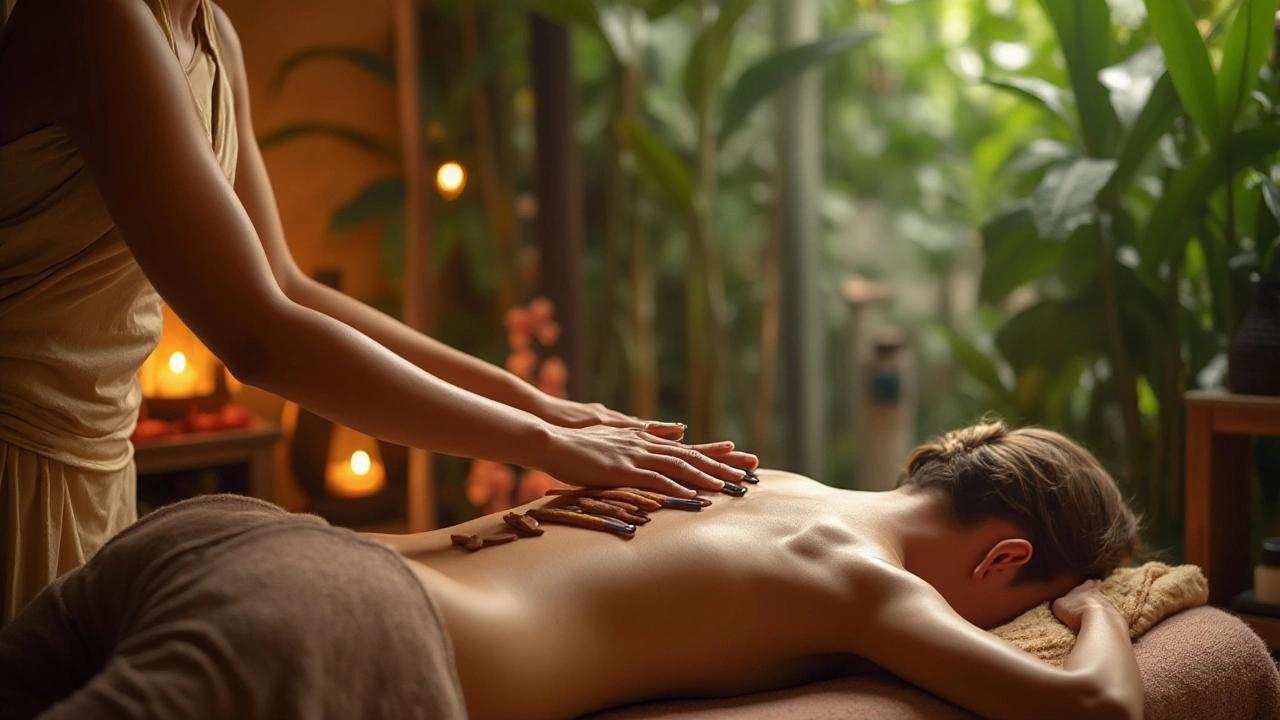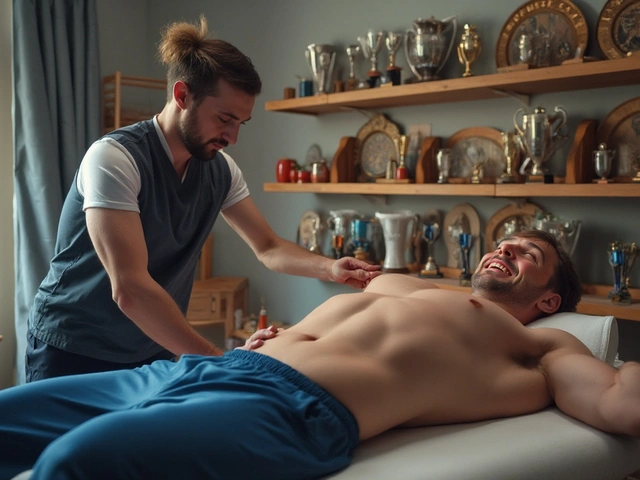Holistic Health for Dogs: Practical Therapies You Can Try
Most people assume pet care means vaccines and meds only. But your dog can benefit from gentle, natural therapies that help with pain, stress, and mobility. Holistic health for dogs blends hands-on care, simple home techniques, and professional therapies to keep your pup moving and feeling good. Below are clear, safe options you can try or discuss with your vet.
Quick at-home techniques that actually help
Start with a short daily routine: 5–10 minutes of slow, rhythmic stroking over the neck, shoulders, and back. This lowers stress, improves circulation, and gives you a chance to spot tight spots. If your dog tolerates it, add gentle range-of-motion moves—slowly flex each limb once or twice, stopping if your dog pulls away.
Warm compresses are low-risk and effective for tense muscles. Use a towel-wrapped hot water bottle (warm, not hot) and place on a tight area for 3–5 minutes while your dog relaxes. For anxious dogs, pair touch with a calm voice and a treat so the session feels safe and rewarding.
Therapies to consider and how they work
Canine massage: Different styles exist. Simple pet massage focuses on relaxation and circulation; deeper therapeutic massage targets muscle knots and soreness. A trained canine massage therapist can show you where to press, how long, and which strokes suit your dog’s size and health.
Myofascial release: This targets the fascia—the tissue that wraps muscles. For dogs with chronic stiffness or slow recovery after injury, gentle sustained pressure applied by a skilled therapist can ease tight bands. Don’t try aggressive techniques at home; improper pressure can cause pain. Instead, learn basic stretches and ask a pro for guided sessions.
Stone therapy (warm stones): When done by someone experienced, warmed stones placed briefly on large muscle groups can relax tight areas and improve comfort in older or arthritic dogs. Temperature control is crucial—stones should feel pleasantly warm to your inner wrist, never hot. Use only with a practitioner who knows canine anatomy.
Healing Touch and energy work: These are non-invasive approaches where a practitioner uses light hand placements or near-body movements to calm the nervous system. Many dogs respond by settling, yawning, or falling asleep. If your dog is flighty or stressed at the vet, this can be a gentle intro to hands-on care.
When to see a pro: If your dog shows limping, persistent stiffness, loss of appetite, or behavioral changes, check with your veterinarian first. For ongoing mobility or pain issues, look for a therapist certified in canine massage, veterinary rehabilitation, or a related specialty. Ask for references and a clear plan before booking sessions.
Your next step: start small, watch how your dog reacts, and keep notes. A short daily routine plus one consult with a certified therapist can make a noticeable difference in comfort and mood. Explore specific techniques like Balinese-style relaxation, myofascial work, stone therapy, or Healing Touch to find what fits your dog best.

Gut Health and Brain Connection: The Gut-Brain Axis, Diet Tips, and Science
Your gut talks to your brain. Here’s the science and a practical 30‑day plan-food, sleep, stress, and smart probiotic use-to support mood, focus, and calm.

Healing Touch: A Game Changer in Holistic Health
Healing Touch is revolutionizing the realm of holistic health by blending ancient energy practices with modern therapeutic methods. This approach aims to restore balance and promote wellness through gentle, non-invasive techniques. Discover the secrets behind how Healing Touch can enhance well-being, reduce stress, and accelerate recovery. Learn practical tips and scientifically-backed facts about this innovative therapy. Whether you're a wellness enthusiast or seeking alternative health solutions, this article offers insightful information on making Healing Touch a part of your lifestyle.

Unlocking the Mental Health Benefits of Balinese Massage
Balinese massage, a holistic therapy taking roots in traditional Indonesian practices, offers more than physical relaxation; it is a powerful tool for mental well-being. This therapeutic technique combines gentle stretches, acupressure, reflexology, and aromatherapy to create a deeply calming experience. By reducing stress, alleviating anxiety, and enhancing mood, Balinese massage supports mental resilience and emotional healing. Discover the lasting mental health benefits that this exotic massage technique can provide.

Stone Therapy: A Holistic Approach to Health and Wellness
Hi there! This post shares insightful knowledge about the holistic approach of Stone Therapy towards health and wellness. Leaning on the wisdom of natural elements, this entry delves into how these stones can promote balance and healing. From the science behind it, to different methods of use, this article serves as a comprehensive guide to enhancing well-being through stone therapy. So, if you're looking for fresh, exciting ways to boost your health journey, stick around and let's explore this together!

Embracing the Healing Powers of Myofascial Release Therapy
Hi there, it's me again with an enlightening piece on the life-changing benefits of Myofascial Release Therapy. Curious to know what it is? It's a holistic health approach that brings soothing relief to those nagging body pains. Writing from my firsthand experience, let me share how it has enhanced pain management in such an unbelievable way. Come immerse yourself in this journey of discovering the healing powers of Myofascial Release Therapy, it might just be the relief you've been searching for.

Harnessing Gut Health to Thrive with Diabetes
Jan, 24 2025



